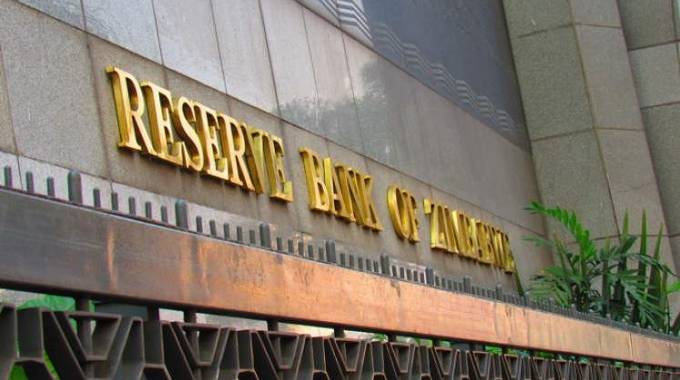Zim trade deficit narrows 37 percent

Golden Sibanda, Harare Bureau
Zimbabwe’s trade deficit narrowed 37 percent in October last year to $144 million after total exports jumped 25 percent to $449 million largely driven by a 300 percent vault in tobacco shipments, according to latest data published by the Reserve Bank of Zimbabwe (RBZ).
This comes at a time the Southern African nation is facing a crunch shortage of foreign currency, which has spawned long queues for fuel (imported), as Zimbabwe is a net importer of the precious commodity.
Exports in the first three quarters of the year amounted to $3,79 billion, against $3,44 billion recorded during the same period in 2017.
Imports in the same period ran ahead at $5,87 billion from $4,86 billion in 2016.
After nearly two decades of economic meltdown, President Mnangagwa’s Government is battling to rebuild the economy by-among others things-improving the domestic investment climate, supporting key production sectors and reintegrating Zimbabwe into the global community.
With the economy structurally dislocated and production subdued in many sectors, a narrower trade deficit coming on the back of expanding exports and falling imports will always help breathe new life in the economy.
Cotton exports, which grew by 34 percent and nickel shipments, which increased by 26 percent, also contributed to the significant decrease in the trade deficit, offsetting the weighty 44 percent fall in gold exports. “Export growth was, in large part, underpinned by the substantial increase in exports of flue-cured tobacco (302,8 percent); cotton (33,9 percent); and nickel ores (25,8 percent),” the Reserve Bank said in its monthly report for October.
“On the back of the substantial increase in merchandise exports, the country’s trade deficit improved by 37,4 percent, from $230,9 million in September 2018 to $144,4 million in October 2018.”
The country’s main export markets during the month of October 2018 were South Africa, (63,2 percent); Mozambique (10,1); the United Arab Emirates, (9,8); Zambia (1,5); Belgium (1,4); Botswana (0,6) and Kenya (0,5).
Zimbabwe’s merchandise trade stood at $1 042 billion in October 2018, after a notable increase in exports. This represented a 10,4 percent increase from the $943,7 million recorded in the previous month.
The country’s exports mainly comprised flue-cured tobacco $170 million, gold $71,7 million, nickel mattes $45,4 million, nickel ores and concentrates $37,5 million, ferro-chromium $21,3 million, ginned cotton $15,8 million and diamonds $10,5 million.
Resultantly, the central bank said the country’s trade deficit narrowed from $230,8 million in September 2018, to $144,4 million in October 2018. Merchandise imports declined by a marginal 1 percent in October, from $587,3 million in September 2018 to $593,3 million on the back of the 8,1 percent decline in diesel imports.
The RBZ said Zimbabwe’s imports were mainly sourced from South Africa (35,2 percent); Singapore (19.4); United Kingdom (6,4); China (7,5); and Japan (4,5).
Imports into the Southern African country were dominated by diesel ($106 million), petrol ($42 million), vehicles $22,3 million, wheat $14,8 million, ammonium nitrate US$11,4 million and medicines US$10,3 million.
Zimbabwe imports about 55 percent of basic commodities and other essential goods due to low productivity in the majority of the country’s main sectors, which exerts pressure on its little foreign exchange earnings.
The country’s exports continued to be outstripped by imports, as it mainly exports unbeneficiated primary products from mining and agriculture.
Zimbabwe’s highest trade balance was $293 million and the lowest $3957 million. Exports in Zimbabwe averaged $526,19 million from 1993 until 2018, reaching an all time high of $2496 million in December of 1996 and a record low of $143,87 million in October of 2011.
— Business Weekly.











Comments